All about expanded clay gravel
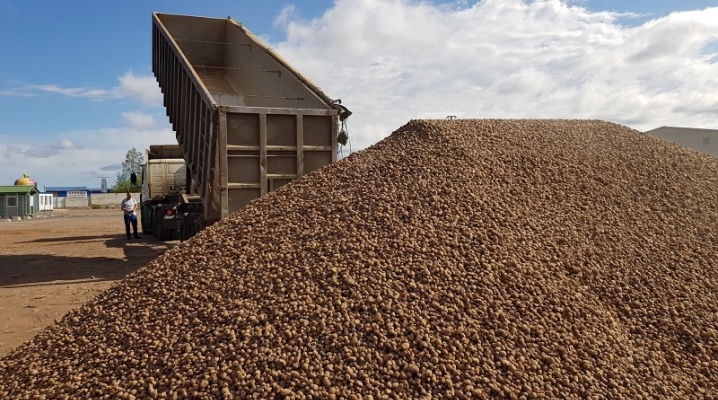
The world owes the appearance of such a building material as expanded clay to the Soviet engineer S. Onatsky. In the 30s of the last century, he made unusual air granules from clay. After firing in special furnaces, expanded clay gravel was born, which soon found extensive use in the construction industry. It turned out that the addition of a strong and lightweight material to the concrete solution helps to lighten the load-bearing structure.
Peculiarities
Expanded clay is in demand not only in the construction of all kinds of structures. The minimum grain fraction is 5 mm, the maximum is 40. In this case, the product is usually colored red-brown. GOST material - 32496-2013. It is produced in special drum kilns based on montmorillonite and hydromica clay, aged at high temperatures until a certain structure is obtained, and then cooled.
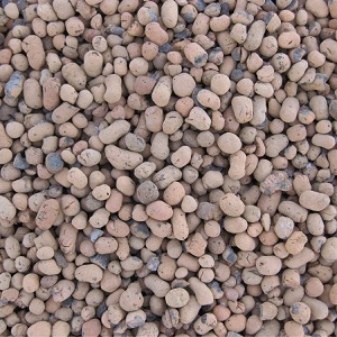
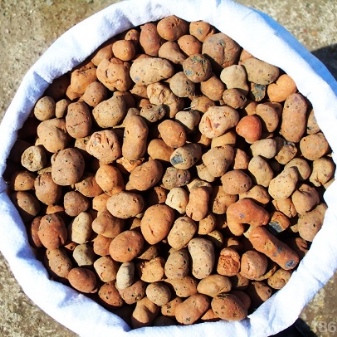
Advantages of expanded clay gravel:
- very durable;
- has a low level of thermal conductivity, which results in exemplary thermal insulation properties;
- isolates sounds well;
- has a high level of fire resistance, the material is defined as non-combustible and fireproof (when interacting with fire, it does not ignite and does not pollute the air with harmful substances);
- frost-resistant;
- has a minimum specific weight (if necessary, you can reduce the weight of the structures being built);
- does not collapse from humidity, temperature changes and other atmospheric factors;
- inert when exposed to chemical action;
- does not rot and decay;
- it is operated for a long time and with high quality;
- ecologicaly clean;
- easy to install;
- cheap.
Disadvantages:
- when laying horizontally, it needs an underlying layer;
- as an insulating layer, it reduces space, since it requires a large volume.
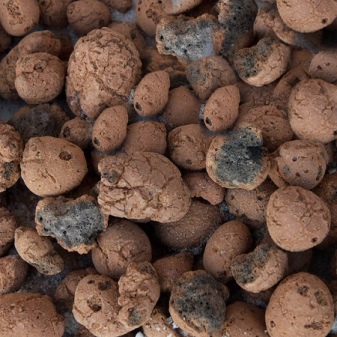
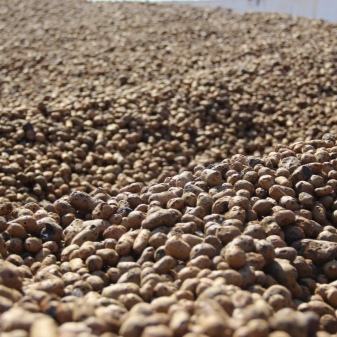
Properties
In accordance with GOST 32496-2013, expanded clay gravel is presented in several fractions:
- small - 5.0-10.0 mm;
- medium - 10.0-20.0 mm;
- large - 20.0-40.0 mm.
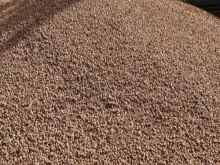

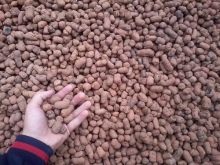
Consider the main technical parameters of expanded clay.
- Bulk density, denoting volumetric weight (11 grades of density are produced - from M150 to M800). For example, grade 250 will have a density of 200-250 kg per m3, grade 300 - up to 300 kg.
- True density. This is a bulk density that is almost double the bulk density.
- Strength. For a given material, it is measured in MPa (N / mm2). Expanded clay gravel is produced under 13 strength grades (P). In terms of density and strength, there is a connection between the brands of expanded clay material: the better the density, the stronger the granules. The compaction coefficient (K = 1.15) is used to take into account the compaction of the mass of expanded clay during transportation or storage.
- High sound insulation.
- Frost resistance. The material must withstand at least 25 freeze and thaw cycles.
- Thermal conductivity. A very important indicator, which is measured in W / m * K. Characterizes the ability to keep warm. With an increase in density, the coefficient of thermal conductivity also increases. This property is influenced by the preparation technology and the composition of the raw material itself, the design of the kiln for firing and the conditions in which the material is cooled. Taking into account the density of the produced gravel and the production technology, the specific thermal conductivity fluctuates in the range of 0.07-0.18 W / m * K.
- Water absorption. This indicator is measured in millimeters. It determines the amount of moisture that expanded clay is able to absorb. The material is quite resistant to moisture. The moisture absorption coefficient varies from 8.0 to 20.0%.The total moisture content of the released batch of expanded clay should not exceed 5.0% of the total mass of granules. Weight is measured in kg / m3.
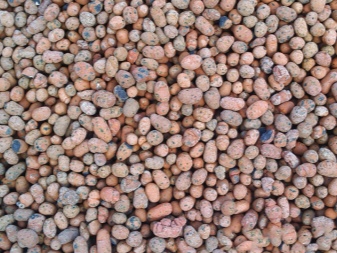

Selling expanded clay gravel in bulk or packaged in containers, distributors must provide a certificate of conformity, a waybill and material test results. When selling expanded clay in packaged form, the labeling should be placed on the package indicating the name of the filler, data of the manufacturing enterprise, date of production, thermal conductivity value, amount of filler and designation of the standard.
The material is supplied in paper, polypropylene or fabric bags that meet the requirements of GOST for a specific type of container. All bags in the released lot must be marked.
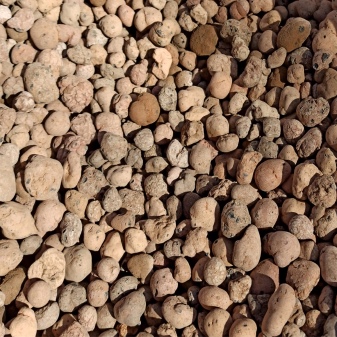
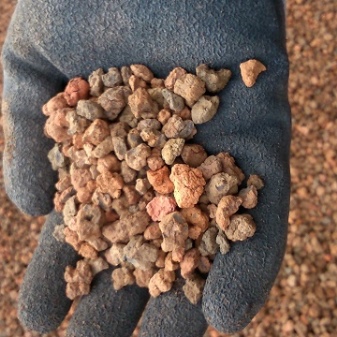
Applications
It should be noted that the field of application of lightweight gravel in construction is very extensive. The choice depends on the fraction of the granules of the material.
20-40 mm
The largest grain. Compared to other types, it has a low bulk density with a minimum weight. Due to these properties, it is widely used in the role of bulk insulation... The floors in attics and cellars are covered with bulky expanded clay grains, that is, in places where reliable, but budgetary thermal insulation is important.
This expanded clay is also in demand in the horticultural sector. It is often used as a bedding for planting large plant species. This approach organizes optimal drainage, since the crops get the right amount of moisture and enough nutrients.

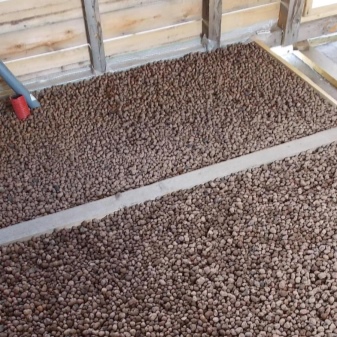
10-20 mm
Such gravel is also suitable for insulation, but is used specifically for the floor, roof, construction of wells and various communications that are deepened into the ground. The material is often used when laying the foundations of high-rise buildings, roads, bridges and other significant structures. In addition, this material can be used to fill under the foundation of a private building. Expanded clay pad allows you to halve the depth of the foundation of a strip or monolithic type.
This approach not only significantly reduces waste, but also guaranteedly prevents freezing of the ground. But it is precisely its freezing and further subsidence of the foundation that leads to deformation of window and door structures.
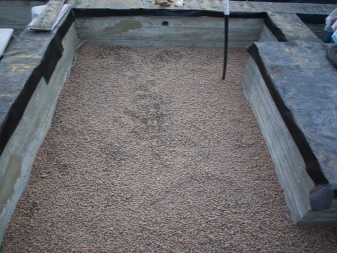
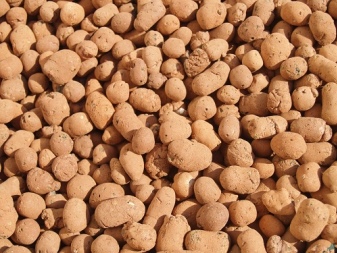
5-10 mm
This is the most demanded size of expanded clay grains. This gravel serves as a backfill when insulating facades or when installing a warm floor. To insulate the walls, a portion of fine gravel is mixed into a cement mortar, which is used to fill the space between the load-bearing wall and the facing plane. Among professionals in the construction industry, this type of insulation is called capsimet. Also, from expanded clay of fine fraction, expanded clay concrete blocks are produced. Buildings and structures for various purposes are erected from these building elements.
Besides, expanded clay is used in landscaping and site design (creating alpine slides, open terraces). When growing vegetation with small expanded clay, the soil is insulated. In plant growing, it is also used to drain the root system of plant crops. The described material will be an excellent choice for summer residents. In suburban ownership, such gravel is used when arranging paths on the territory. And when insulating the walls, it will help keep the heat inside the room much longer.
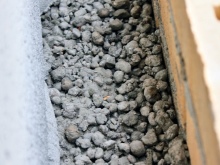
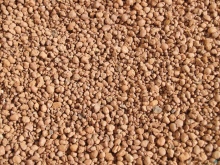

It is worth taking a closer look at expanded clay and before proceeding with the laying of a heating network. In this case, he has several advantages at once:
- the heat from the pipes will not go into the ground, but will go into the house;
- in an emergency, it will not take a long time to dig the soil to locate the damaged section of the highway.
The spheres of application of expanded clay granules are far from limited to the listed tasks. In addition, this material is allowed to be reused, since it does not lose its remarkable properties.
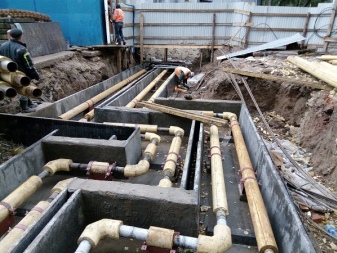
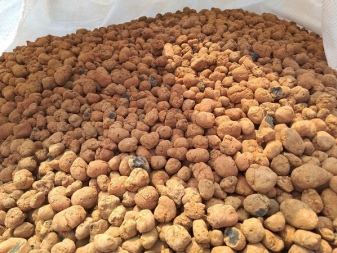













The comment was sent successfully.